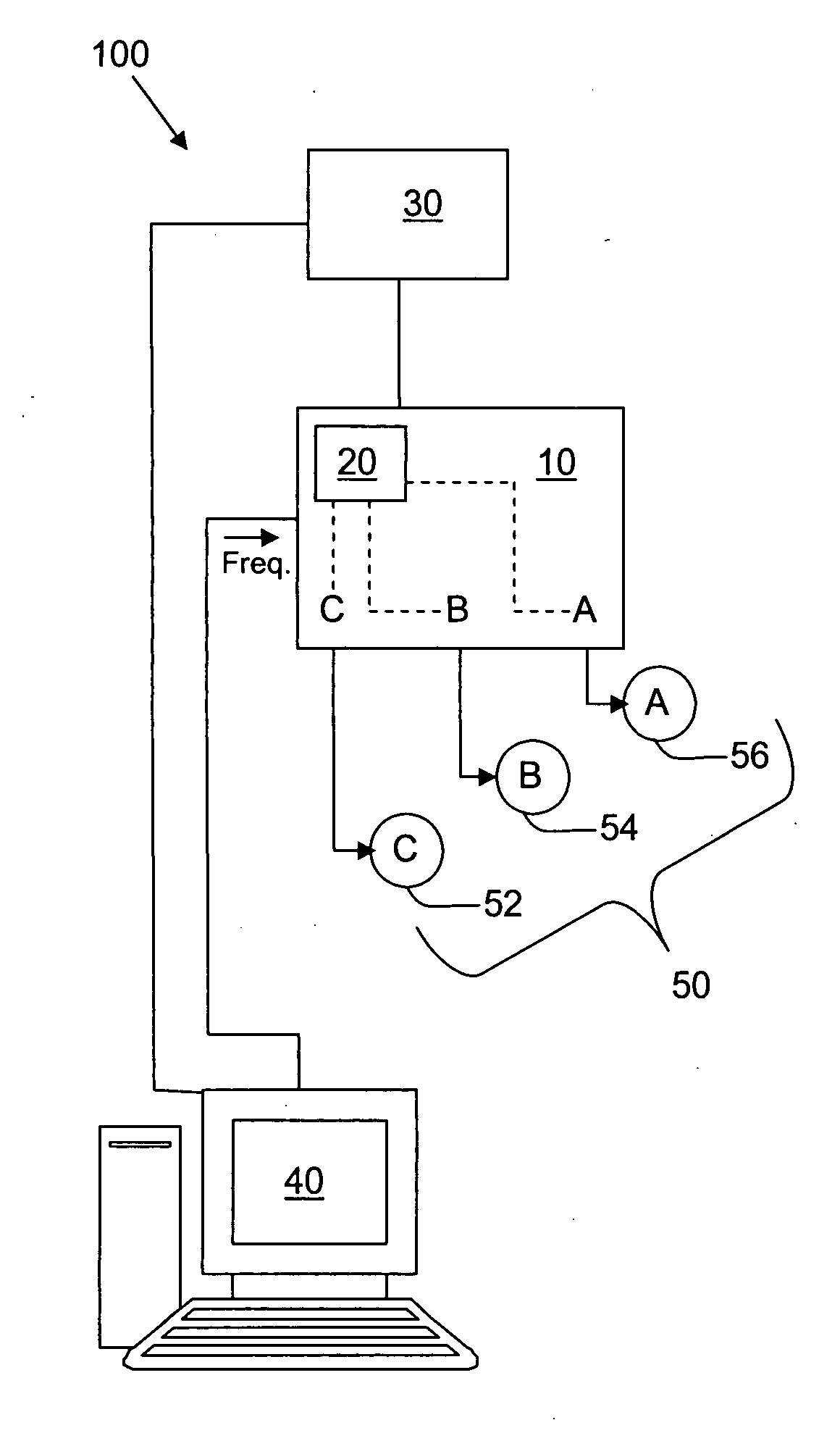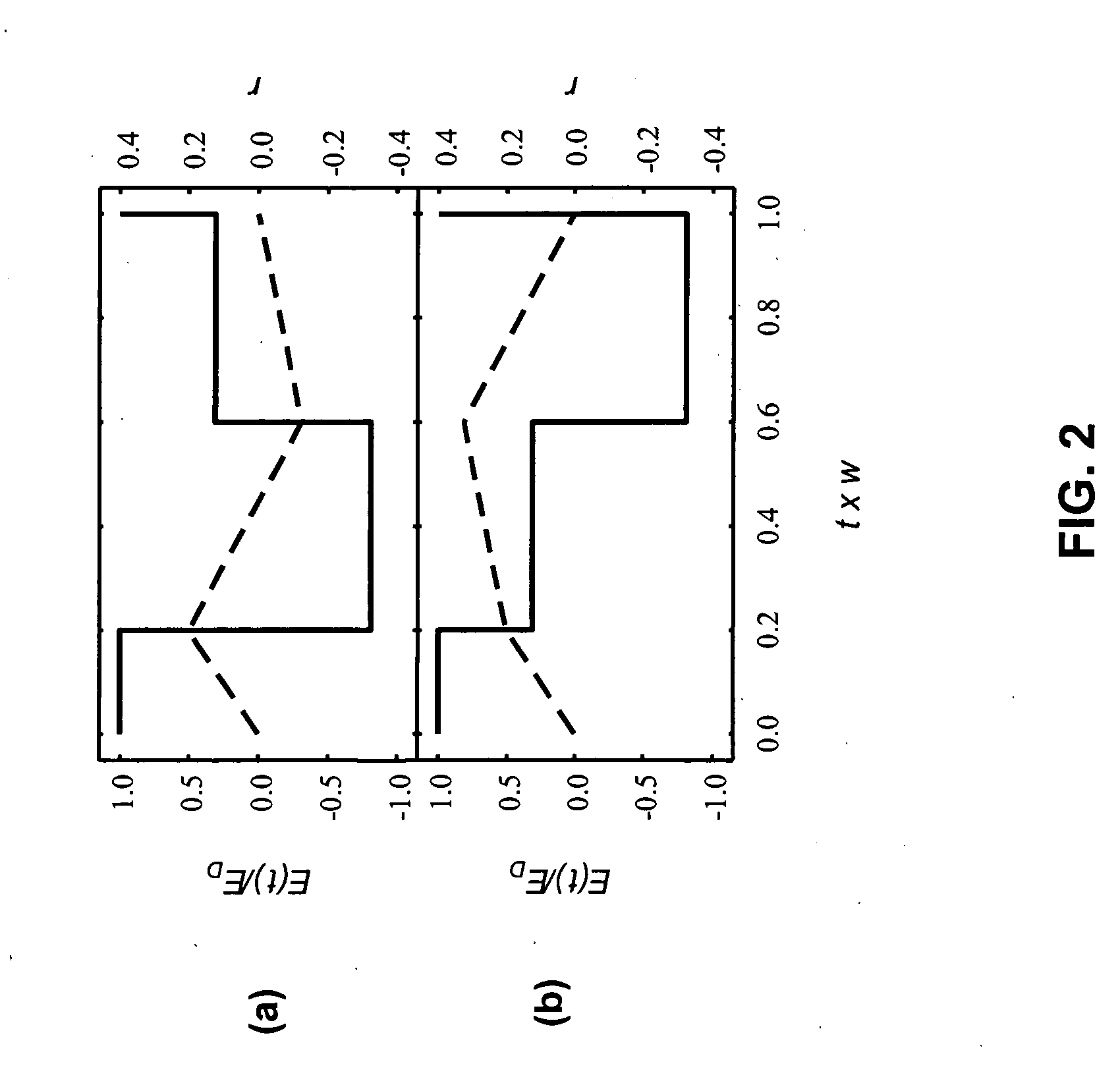Method and apparatus for high-order differential mobility separations
a technology of high-order differential mobility and separation method, applied in separation processes, instruments, mass spectrometers, etc., can solve the problems of little analytical utility, the correlation between ion mobility and mass remains a fundamental limitation of ims/ms methodology, and the effect of reducing the number of ions
- Summary
- Abstract
- Description
- Claims
- Application Information
AI Technical Summary
Benefits of technology
Problems solved by technology
Method used
Image
Examples
Embodiment Construction
[0035] While the present disclosure is exemplified by specific embodiments, it should be understood that the invention is not limited thereto, and variations in form and detail may be made without departing from the spirit and scope of the invention. All such modifications as would be envisioned by those of skill in the art are hereby incorporated.
Feasibility of Higher-Order Differential Ion Mobility Separations
[0036] In principle, there are an infinite number of distinct differential ion mobility separations based on the 3rd and higher terms of K(E) expansion in equation [3] just as IMS and FAIMS are based on the 1st and 2nd terms, respectively. First, we prove the physical possibility of separations based on the terms of equation [3] beyond an arbitrarily chosen order using E(t) comprising a number (k) of discrete field settings {E1, . . . , Ek} applied over finite time periods {t1, . . . , tk}. For mathematical simplicity, all E and t values are scaled in terms of, respectively...
PUM
 Login to View More
Login to View More Abstract
Description
Claims
Application Information
 Login to View More
Login to View More - R&D
- Intellectual Property
- Life Sciences
- Materials
- Tech Scout
- Unparalleled Data Quality
- Higher Quality Content
- 60% Fewer Hallucinations
Browse by: Latest US Patents, China's latest patents, Technical Efficacy Thesaurus, Application Domain, Technology Topic, Popular Technical Reports.
© 2025 PatSnap. All rights reserved.Legal|Privacy policy|Modern Slavery Act Transparency Statement|Sitemap|About US| Contact US: help@patsnap.com



